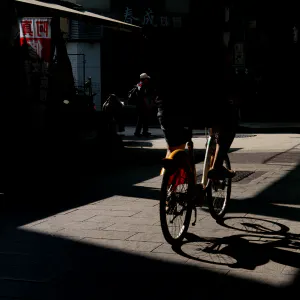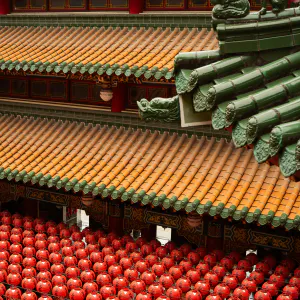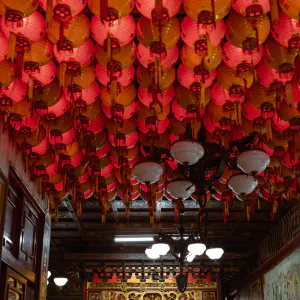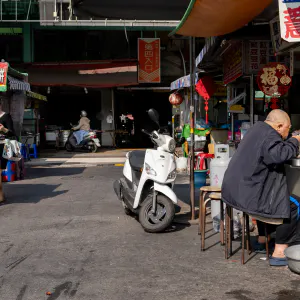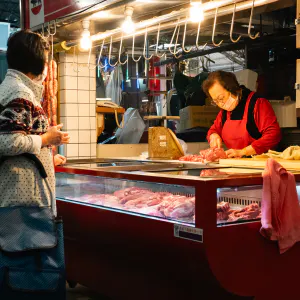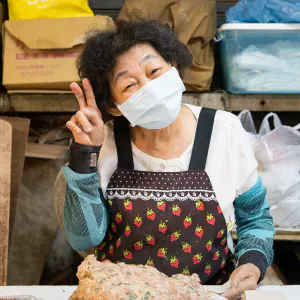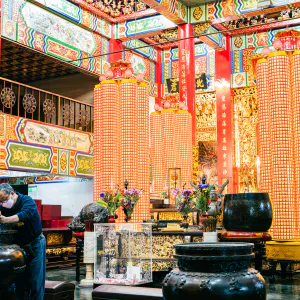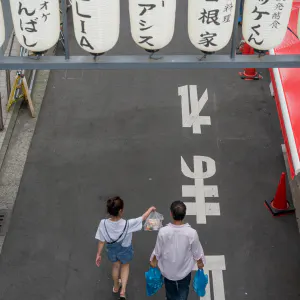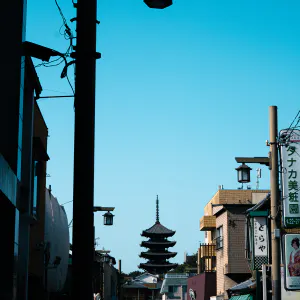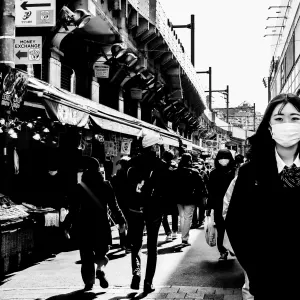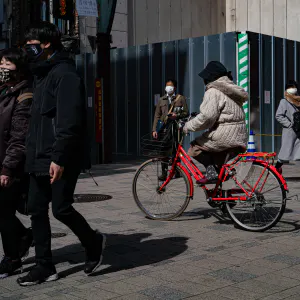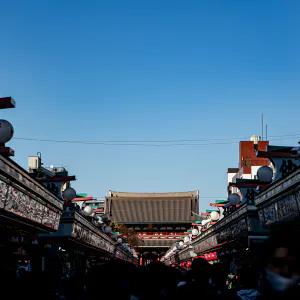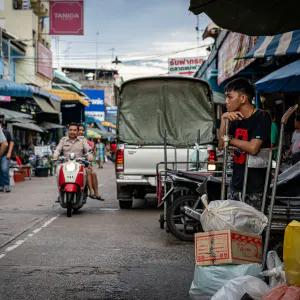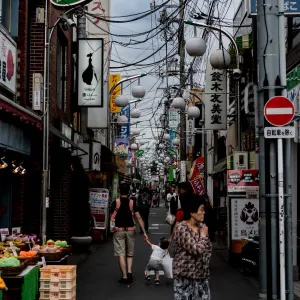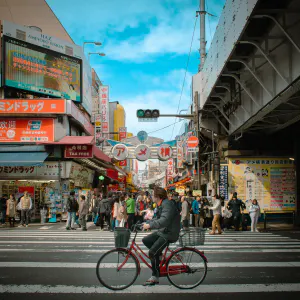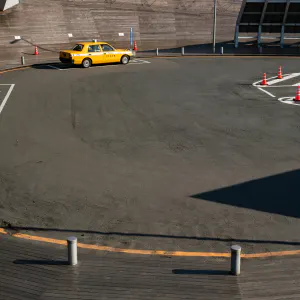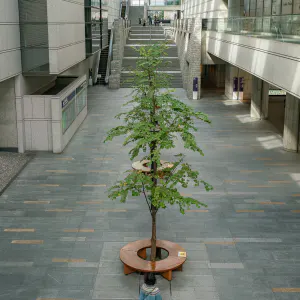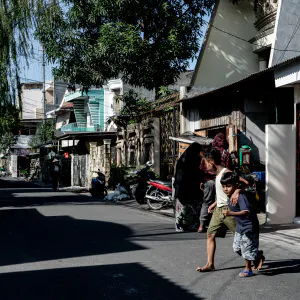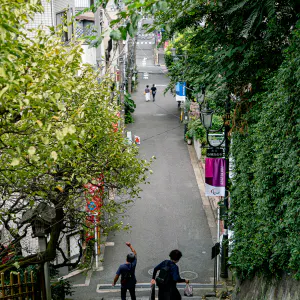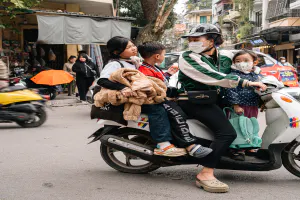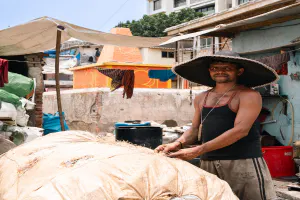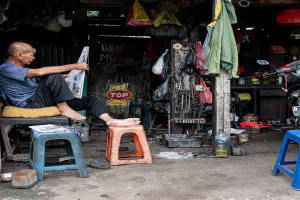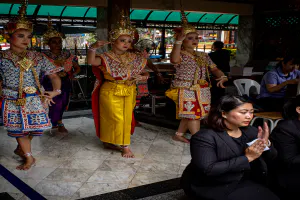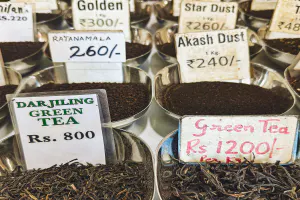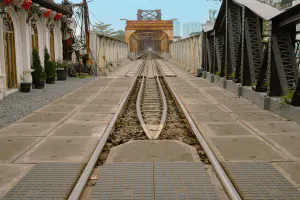Lanterns were also hung under the arcade in the Sanfong Central Street near Sanfeng Temple, famous for its lanterns
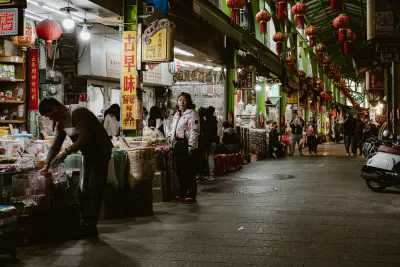
Needless to say, Taiwan is a country of Chinese characters, and the streets are filled with them. Restaurant menus, bus destinations, and store signs are all written in Chinese characters. Moreover, unlike mainland China, everything is written in traditional Chinese characters, making it easy for Japanese to understand. Although there are some Chinese characters that are not so common in Japan, most of them are also used in Japan, and even if you cannot read them, you can imagine what they mean. However, there is a pitfall here. Just because the same characters are used in Japan and Taiwan does not necessarily mean the same thing.
In Japanese, “先生” means a person who teaches learning, technology, or the performing arts, but “先生” in Chinese has no such meaning. It is just a general honorific title. Also, “勉強” in Japanese has the meaning of learning, but in Chinese it means “to force.” This is surprising because the Chinese characters are so familiar to me.
The signboard in the photo says “古早味,” and all the characters are simple Chinese characters used in Japan as well, but I have no idea what they mean. Even if I try to imagine it, I have no idea what the old (古) and fast (早) taste (味) refers to. I looked it up and found that it means “traditional taste, nostalgic taste.” It is difficult to figure out. On the other hand, “餅乾” written below it refers to cookies. It seems that the character for mochi does not refer to rice cake as Japanese people imagine it, but to flat or disk-shaped food made from rice or wheat flour. It is complicated.
| Aug 2024 IN THE CITY TAIWAN | |
| KAOSHIUNG LANTERN SHOPPING ARCADE |
PHOTO DATA
No
12638
Shooting Date
Mar 2024
Posted On
August 28, 2024
Modified On
August 29, 2024
Place
Kaoshiung, Taiwan
Genre
Street Photography
Camera
SONY ALPHA 7R V
Lens
ZEISS BATIS 2/40 CF
